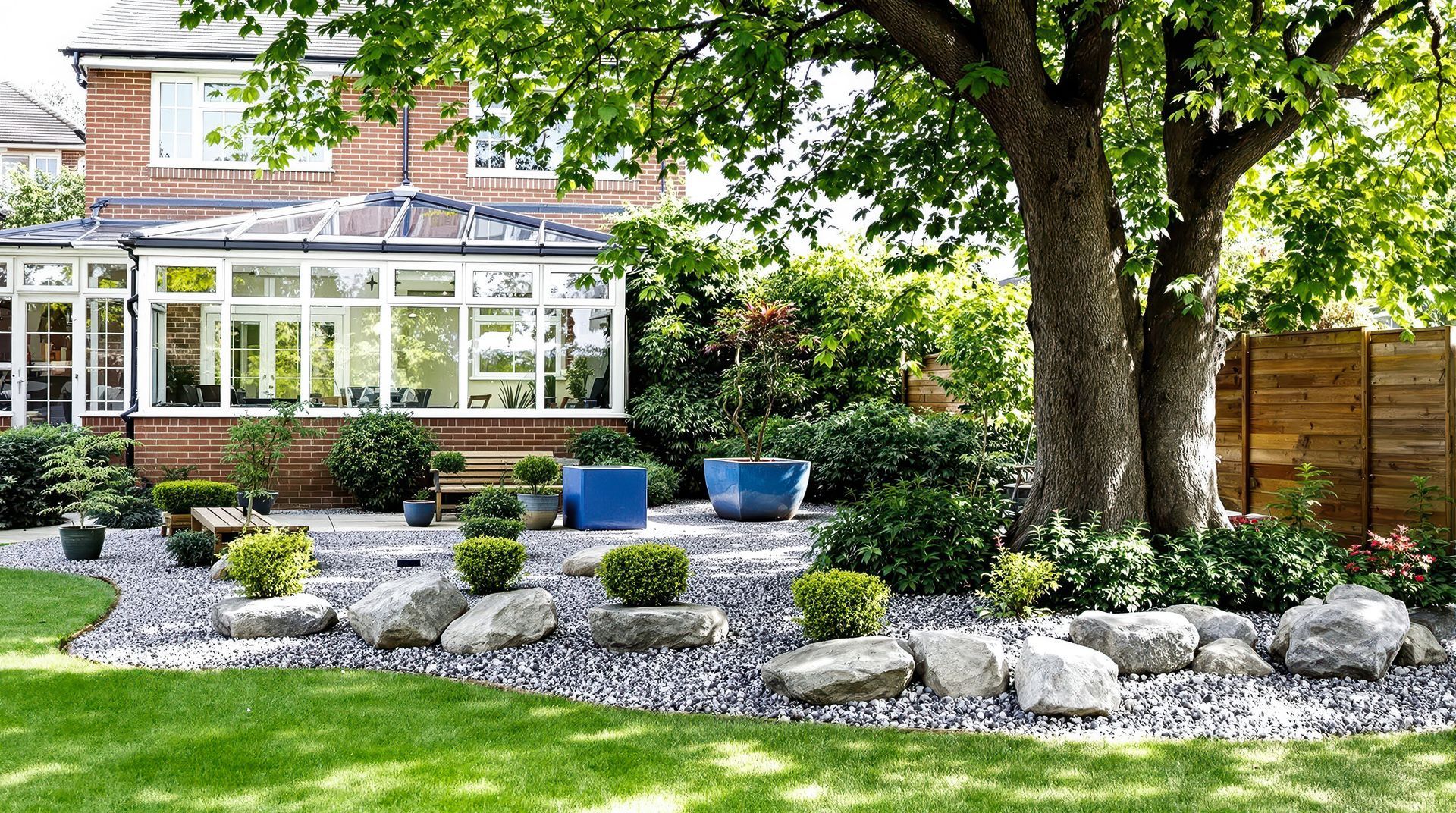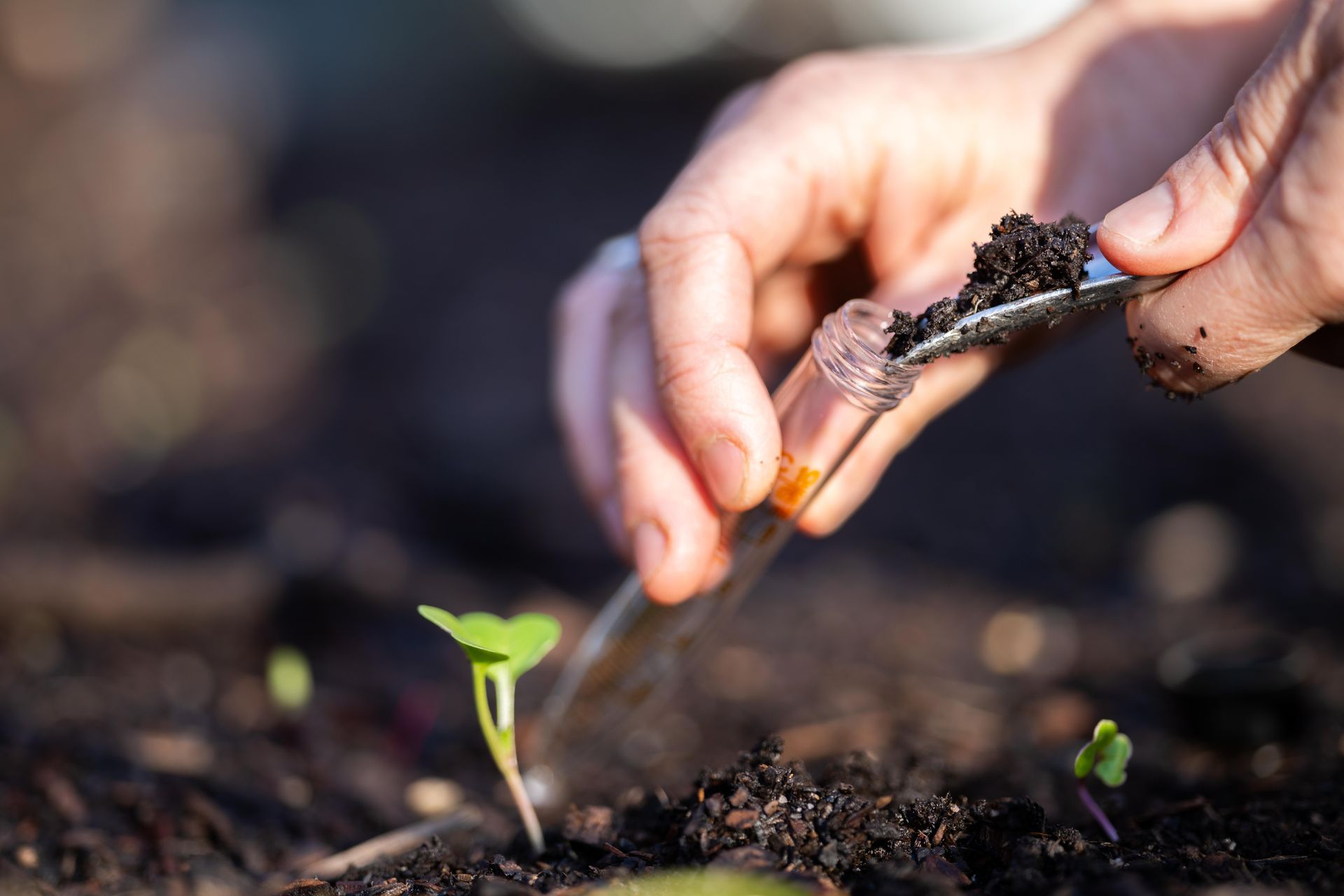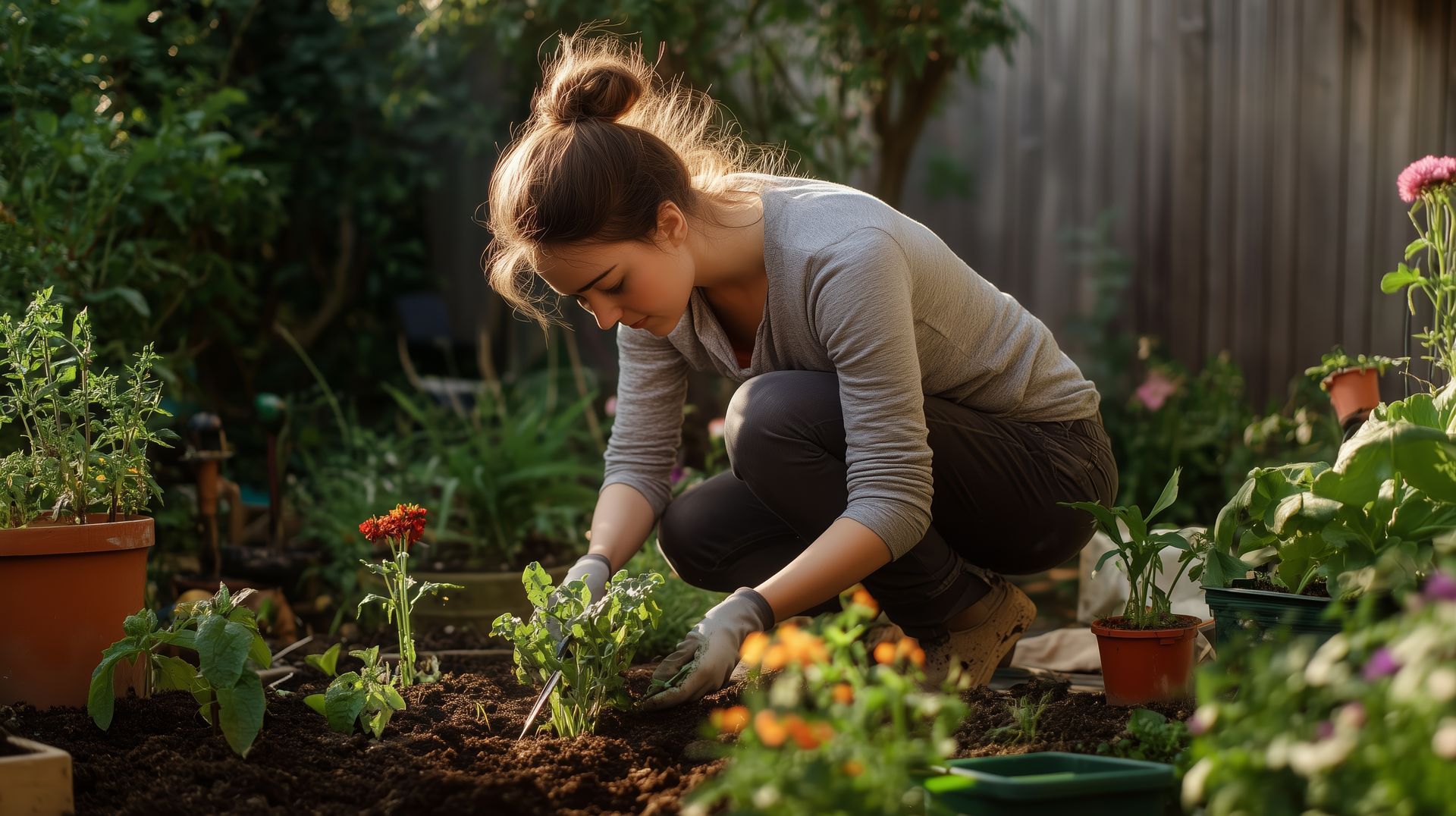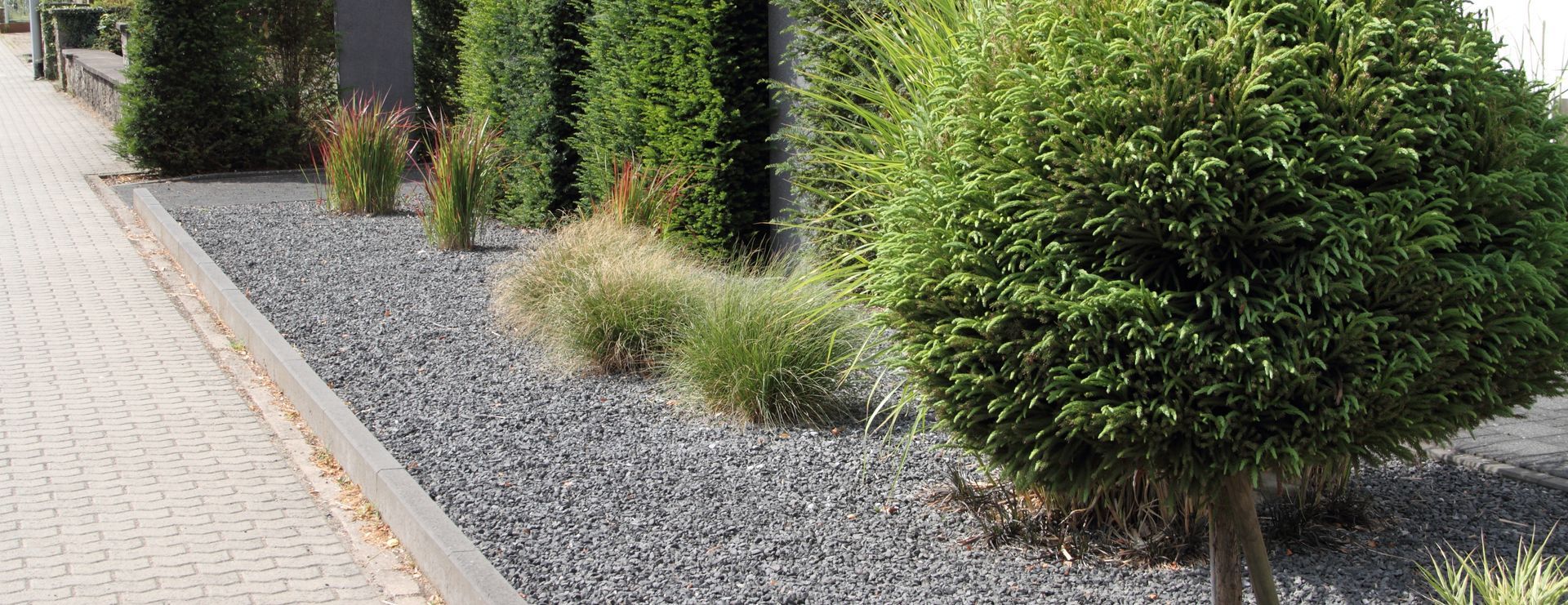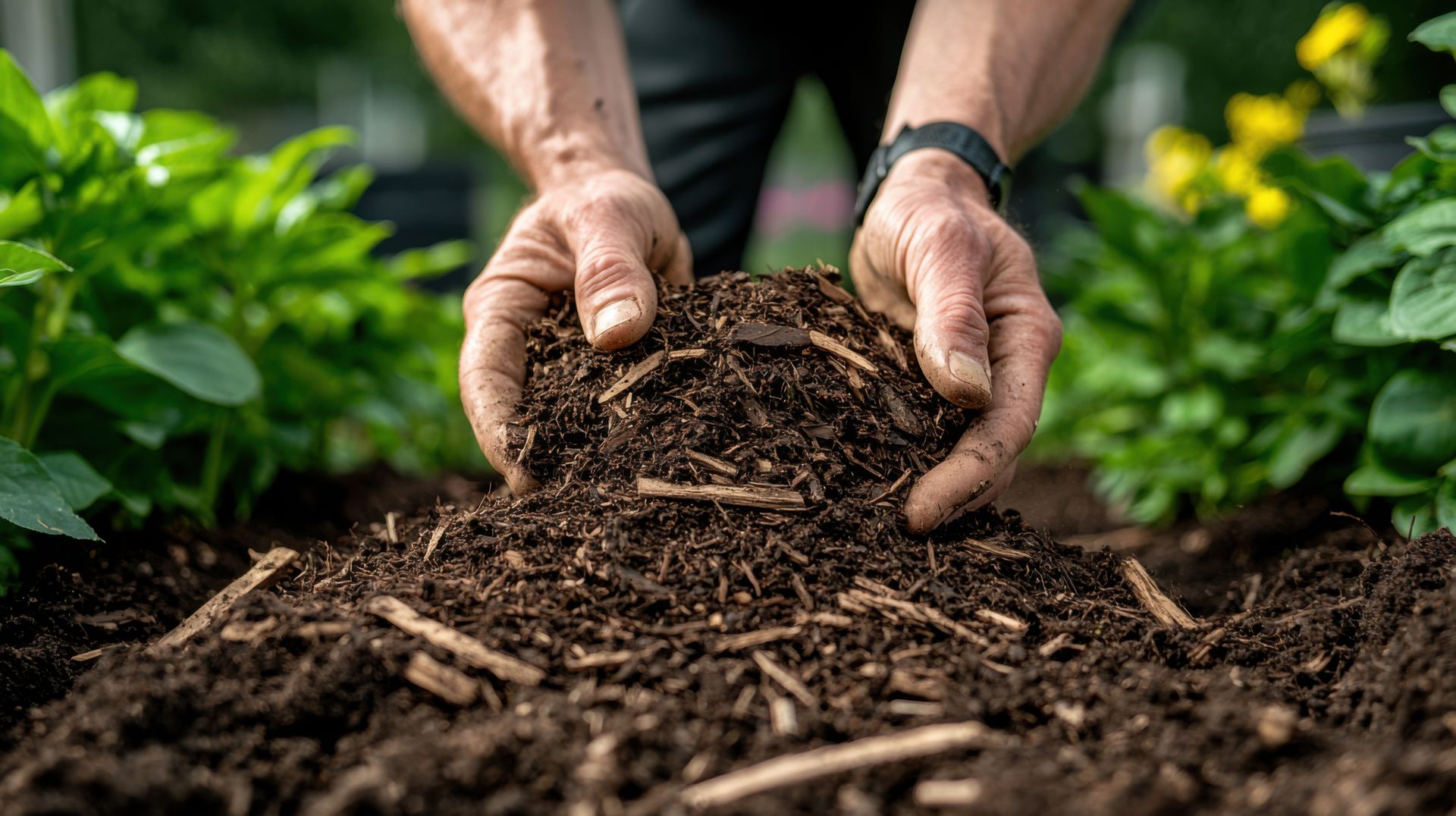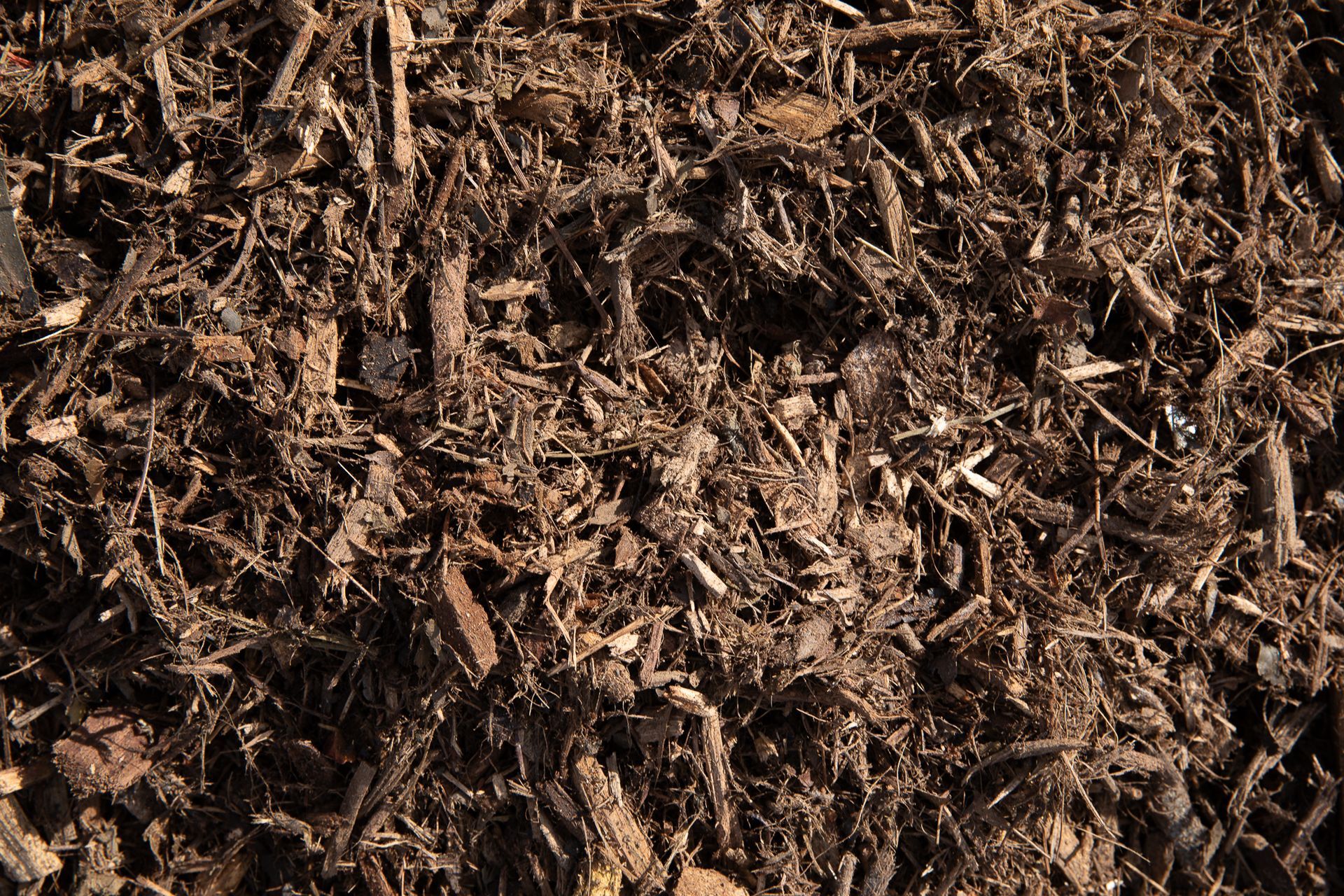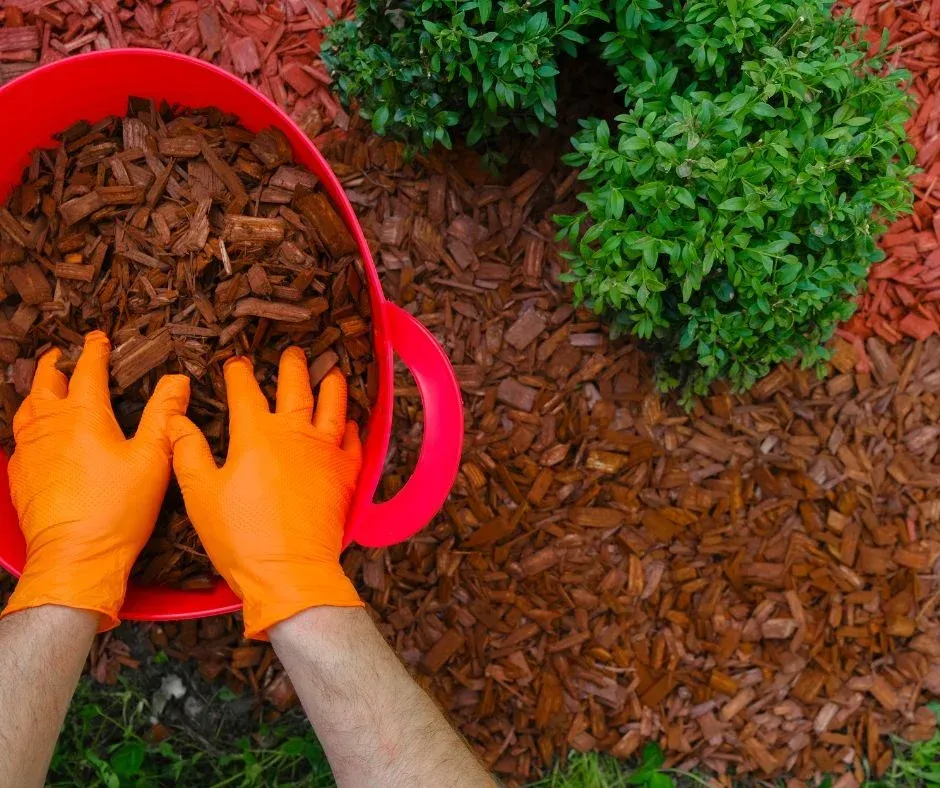Mulch 101: The Green Thumb's Secret Weapon for Beautiful Landscapes
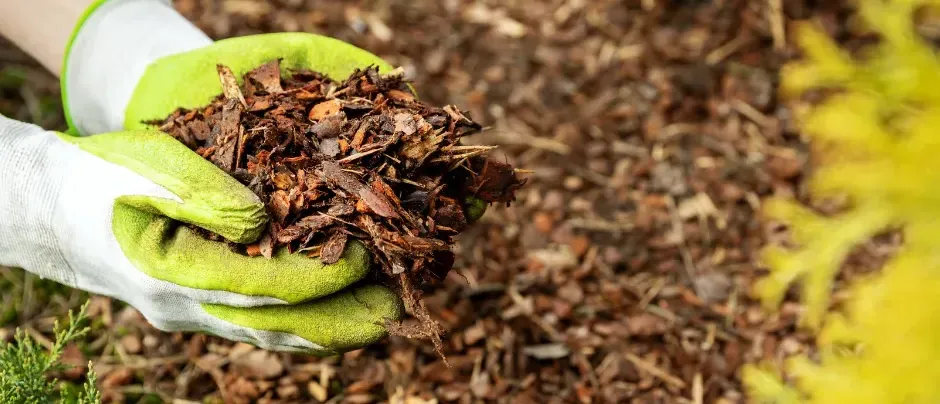
When it comes to creating a picturesque and thriving garden or landscape, mulch is a secret weapon that every green thumb should have in their arsenal. Mulch not only enhances the aesthetic appeal of your outdoor space but also plays a vital role in maintaining the health and vigor of your plants. In this guide, we'll delve into the world of mulch and explore why it's considered a must-have for gardeners and landscapers alike.
Chapter 1: What is Mulch?
Mulch is a protective covering placed over the soil in your garden or landscape. It serves a multitude of purposes, such as:
- Weed Control:
Mulch acts as a barrier, preventing weed growth by blocking sunlight and inhibiting weed seeds from germinating.
- Moisture Retention: Mulch helps retain soil moisture by reducing evaporation, which is especially beneficial during hot and dry periods.
- Temperature Regulation:
Mulch acts as an insulator, keeping the soil temperature stable. This protects plant roots from extreme heat or cold.
- Soil Erosion Prevention:
Mulch can prevent soil erosion caused by heavy rain or wind.
- Enhanced Aesthetics: A well-mulched garden looks neat, tidy, and visually appealing, making it a focal point of your landscape.
Chapter 2: Types of Mulch
There are various types of mulch available, each with its unique characteristics. The two primary categories of mulch are:
- Organic Mulch: This type of mulch is made from natural materials such as shredded leaves, wood chips, straw, compost, and bark. Organic mulch enriches the soil as it decomposes, providing valuable nutrients to plants.
- Inorganic Mulch: Inorganic mulch includes materials like gravel, stones, and landscape fabric. While it doesn't enrich the soil like organic mulch, it offers long-lasting weed control and a distinct aesthetic appeal.
Chapter 3: Choosing the Right Mulch
Selecting the right mulch for your garden or landscape is crucial. Consider the following factors when making your choice:
- Plant Type:
Different plants have varying mulch preferences. For instance, acid-loving plants like azaleas and rhododendrons benefit from pine bark mulch, while vegetable gardens thrive with organic mulch-like compost.
- Climate: Consider your local climate when choosing mulch. In hot, arid regions, light-colored mulch reflects sunlight and keeps the soil cooler. In colder climates, dark-colored mulch can help retain warmth.
- Aesthetics: The appearance of your landscape matters. Select a mulch color and texture that complements your overall design.
- Budget and Maintenance: Some mulches are more affordable than others, and their maintenance requirements may vary. Factor in cost and time when deciding.
Chapter 4: Mulching Techniques
Applying mulch correctly is essential to reap its benefits fully. Follow these steps for effective mulching:
- Prepare the Soil:
Weed and water the area thoroughly before mulching.
- Apply an Adequate Layer: Typically, a 2-4 inch layer of mulch is recommended. Avoid piling mulch directly against plant stems.
- Replenish as Needed: Mulch decomposes over time, so refresh it annually to maintain its benefits.
- Monitor for Pests and Diseases: Mulch can provide hiding places for pests. Keep an eye on your garden to address any issues promptly.
In the world of gardening and landscaping, mulch is indeed a green thumb's secret weapon. Its many benefits, from weed control to moisture retention and temperature regulation, make it an invaluable addition to any outdoor space. By selecting the right mulch and applying it correctly, you can create a beautiful and healthy landscape that will be the envy of your neighbors. So, go ahead and embrace the power of mulch for a thriving and picturesque garden. Your plants will thank you, and your landscape will flourish like never before. Happy gardening!
